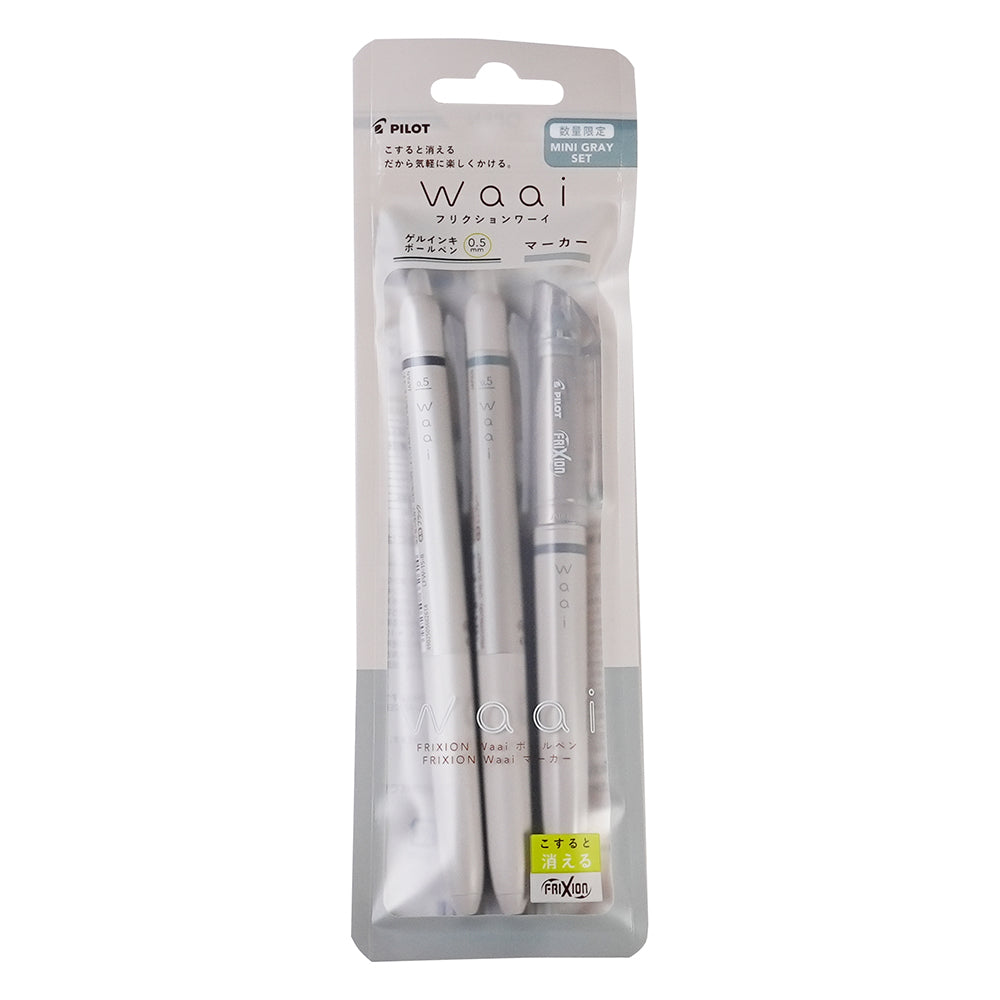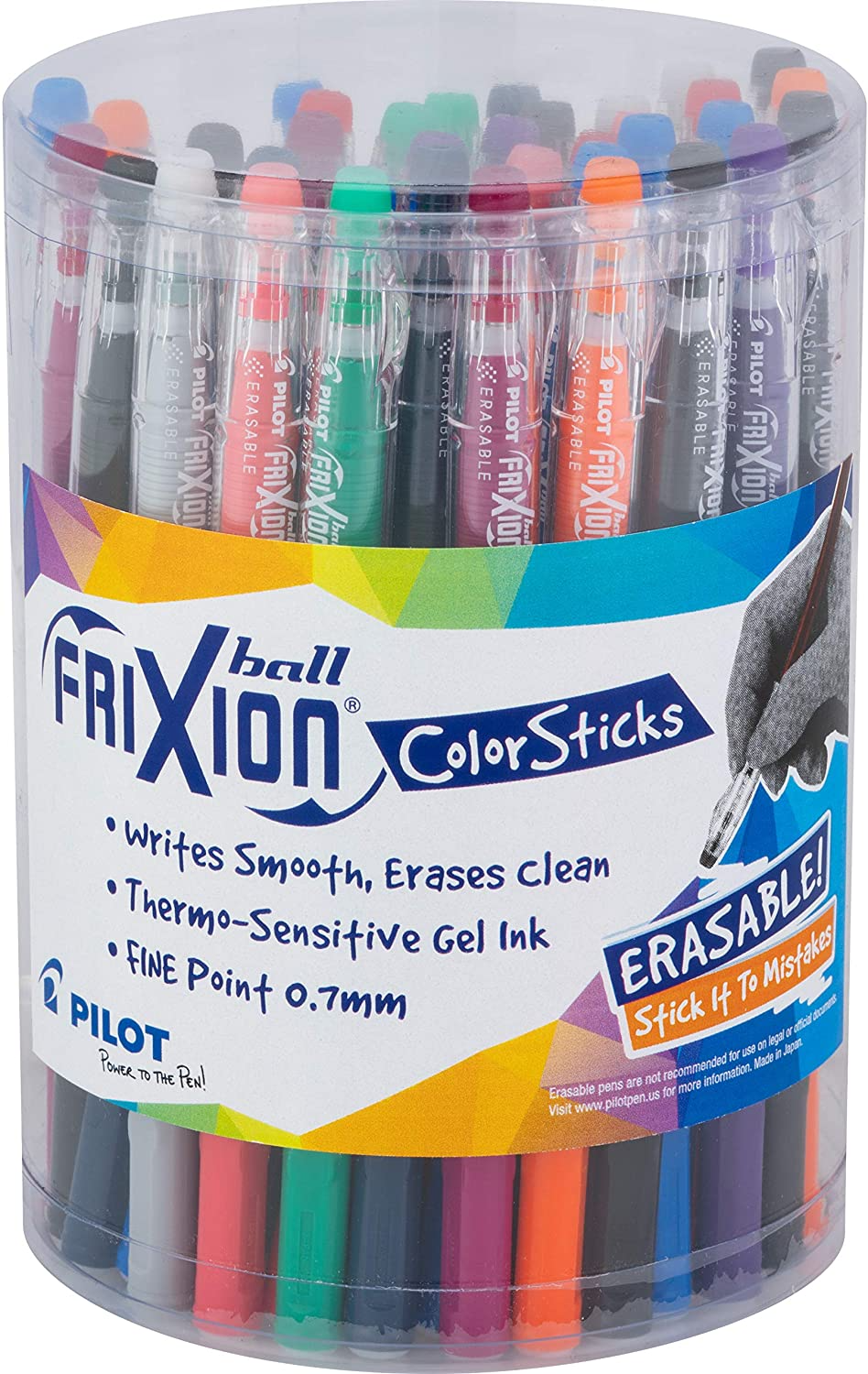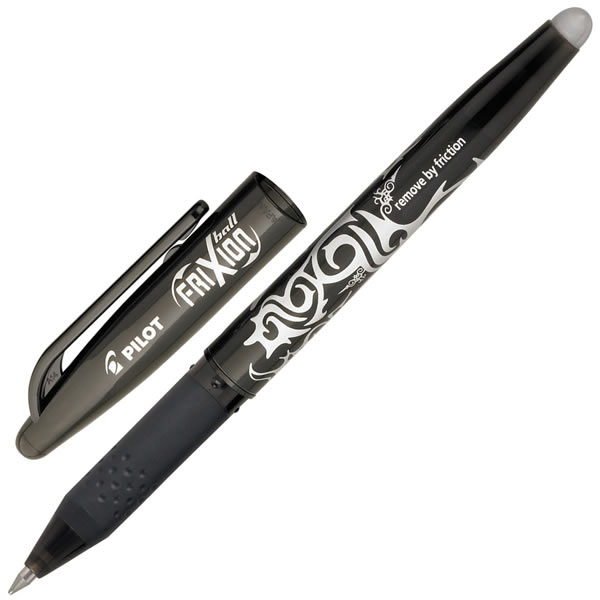Introduction
Eraser pens have become an indispensable tool for many individuals, offering a unique blend of precision and convenience in the world of writing and drawing. In this article, we will delve into the various aspects of eraser pen, exploring their history, design, functionality, applications, and the benefits they bring to users. Join us on a journey to uncover the fascinating world of eraser pens and discover why they have become a favorite tool for artists, students, professionals, and anyone seeking precise and efficient correction solutions.
The Evolution of Eraser Pens
Eraser pens have come a long way since their inception, with roots that can be traced back to the traditional pencil eraser. The idea of a portable eraser that mimics the shape and functionality of a pen took shape as a response to the need for more precise erasing capabilities, especially in situations where fine details needed correction without smudging or damaging the surrounding work.
Early eraser pens were simple in design, featuring a cylindrical body with a small eraser at one end and a cap for protection. Over time, advancements in materials and manufacturing processes have led to the development of eraser pens with improved ergonomics, durability, and precision. Today, eraser pens come in a variety of shapes, sizes, and designs, each catering to specific user needs and preferences.
Design and Components of Using Eraser Pens
The design and components of eraser pens play a crucial role in their functionality and usability. Here is an overview of the key elements that make up an eraser pen:
Body:
The body of an eraser pen is typically made of plastic or metal, providing a lightweight and durable housing for the internal mechanisms. The size and shape of the body can vary depending on the brand and design of the eraser pen.
Eraser:
At one end of the eraser pen is the eraser itself, which is the core component responsible for removing marks or corrections. The eraser is usually made of a soft, rubber-like material that is gentle on paper and other surfaces. It can come in various shapes and sizes to cater to different erasing needs.
Tip:
The tip of an eraser pen is a critical component that enables precise erasing. It is designed to be fine and pointed, allowing users to target specific areas for correction without affecting the surrounding work. The tip may be fixed or replaceable, depending on the design of the eraser pen.
Cap or Retractable Mechanism:
To protect the eraser and prevent it from drying out or getting dirty, eraser pens often come with a cap or retractable mechanism. This feature ensures that the eraser remains in good condition and ready for use whenever needed.
Refillable Cartridges:
Some eraser pens come with refillable eraser cartridges, allowing users to easily replace the eraser once it wears out. This feature promotes sustainability and cost-effectiveness by extending the lifespan of the eraser pen.
Grip:
Many eraser pens are going to design with ergonomic grips to provide comfort and control during use. The grip may have textured surfaces or contours to prevent slipping and reduce hand fatigue, especially during prolonged erasing tasks.
Clip:
A clip attached to the body of the eraser pen allows users to secure it to pockets, notebooks, or bags for easy access and portability. The clip also helps prevent the pen from rolling off flat surfaces when not in use.
By incorporating these components into their design, eraser pens offer users a convenient and effective tool for precision erasing and correction tasks. The combination of ergonomic design, precise tip, and refillable features makes eraser pens a versatile and essential accessory for artists, students, professionals, and anyone seeking accurate and efficient correction solutions.
Functionality and Applications of Using Eraser Pens
Eraser pens offer a unique set of functionalities that set them apart from traditional erasers and correction tools. The precise tip of an eraser pen allows users to target specific areas for correction without affecting the surrounding work, making them ideal for tasks that require attention to detail and accuracy. Artists, architects, designers, and students often rely on eraser pens to fine-tune their work and make corrections without compromising the overall quality of their creations.

In addition to their use in artistic and creative endeavors, eraser pens find applications in various professional settings, such as drafting, technical drawing, note-taking, and document editing. The ability to erase with precision and control makes eraser pens a valuable tool for professionals who rely on clear and accurate communication in their work.
Benefits of Using Eraser Pens
The widespread adoption of eraser pens can be going to attribute to the numerous benefits they offer to users across different fields and disciplines. One of the primary advantages of eraser pens is their precision erasing capabilities, which allow for targeted corrections with minimal effort. Unlike traditional erasers that can smudge or leave residue behind, eraser pens deliver clean and precise erasing results, enhancing the overall quality of the work.
Furthermore, eraser pens are portable and convenient, making them easy to carry and use on the go. Whether in the classroom, office, or studio, users can rely on eraser pens to quickly and effectively correct mistakes without the need for additional tools or cleanup. The ergonomic design of many eraser pens ensures comfortable usage over extended periods, reducing hand fatigue and improving overall efficiency.

Moreover, eraser pens are environmentally friendly alternatives to disposable erasers, as they can be going to refill and reused multiple times, reducing waste and promoting sustainability. By investing in a high-quality eraser pen, users can contribute to a greener and more eco-conscious approach to correction and erasing tasks.
Conclusion
In conclusion, eraser pens have emerged as versatile and indispensable tools for anyone seeking precision and efficiency in correction tasks. From artists and designers to students and professionals, the benefits of eraser pen extend across various fields and applications, making them a valuable addition to any toolkit. As technology continues to advance and new innovations in eraser pen design emerge, we can expect these handy tools to play an increasingly important role in enhancing creativity, productivity, and accuracy in a wide range of endeavors.



